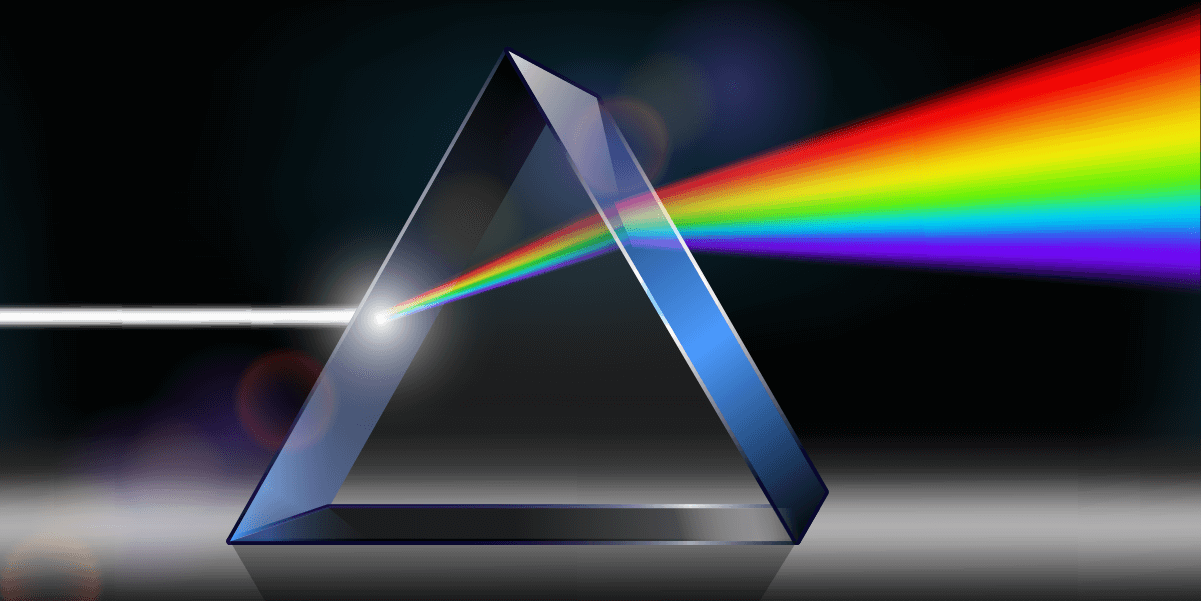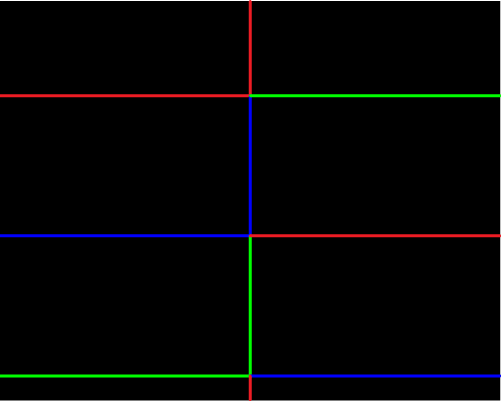Chromatic Dispersion and How it Affects Projectors
- BenQ
- 2020-09-07

When Sir Isaac Newton in the seventeenth century passed a ray of light through a prism, he made one of the most foundational discoveries in the field of optics, not to mention inspired one of the most iconic images in all of science. What he discovered, as explained by later scientists, was that light with varying wavelengths would travel at different speeds through a medium causing different angles of refraction, thereby “bending” the light and turning what was originally white light into the colors of the rainbow (with each color representing a different wavelength). This phenomenon would come to be known as chromatic dispersion, or dispersion for short.
Practically speaking dispersion would come to affect any technology, simple or complex, that relied on the use of lenses. So as the use of lenses evolved over time, one of the enduring challenges for those involved in their use is how to deal with dispersion. This would also be true for projectors and the lenses they depend on.
In general dispersion in projectors causes blurriness in images where details are not clearly defined and the overall image looks less crisp. From an up-close view, this can be explained by the fact that the colors from a projector that were otherwise meant to fully overlap with one another tend not to line up correctly due to the dispersion from its lenses. Therefore, any improvements made to a projector’s lens in terms of dispersion would result in a projector that produces clearer, more detailed images, regardless of whether or not any improvements are made to aspects of the projector’s specifications such as resolution. Dispersion No Dispersion Commonly, the way in which manufacturers deal with dispersion in projectors is to either increase the number of (typically plastic) lenses used within a projector’s lens assembly until an acceptable level of dispersion is reached, or simply live with the dispersion produced by the projector’s original design. The former solution makes the projector susceptible to the negatives of plastic lens usage, namely low heat-resistance and low lifespan, while the latter fails to address the issue of dispersion entirely. While such solutions might be acceptable for more commonly used consumer line of projectors, they are not viable options for high-performance projectors.

No Dispersion

Dispersion
Commonly, the way in which manufacturers deal with dispersion in projectors is to either increase the number of (typically plastic) lenses used within a projector’s lens assembly until an acceptable level of dispersion is reached, or simply live with the dispersion produced by the projector’s original design. The former solution makes the projector susceptible to the negatives of plastic lens usage, namely low heat-resistance and low lifespan, while the latter fails to address the issue of dispersion entirely. While such solutions might be acceptable for more commonly used consumer line of projectors, they are not viable options for high-performance projectors.

No Dispersion

Dispersion